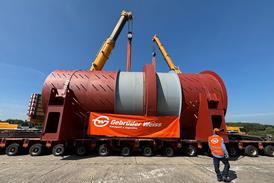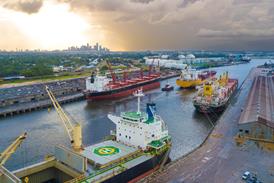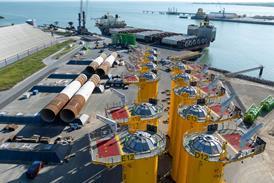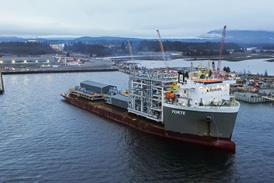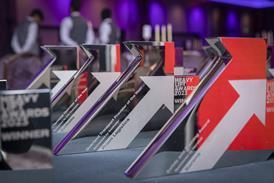DNV has launched the second stage of its floating substation joint industry project.
The project aims to establish standards for offshore substations in the floating wind energy sector. This new phase will be involved in tightening up guidelines and closing technology gaps, with participation now expanding to 19 industry players.
Phase 2 of the project will concentrate on critical components such as high-voltage equipment, dynamic cables, and the broader aspects of marine systems and operations. According to DNV, these efforts are crucial for updating DNV-ST-0145, the world’s first standard applicable to floating substations.
The in involves several industry players, including: ABB, Aibel, Atlantique Offshore Energy, CSEPDI, EDF Renouvelables, GE, Vernova, Hitachi Energy, IV & Nevesbu, Navantia Seanergies, Orient Cable, Rambøll, Red Eléctrica, RTE, Seatrium, Statnett, TotalEnergies, COP, Iberdrola/Scottish Power and Saipem.
“Updating DNV-ST-0145 to include floating substations will enhance the scalability of floating wind technology and reduce associated risks,” said Kim Sandgaard-Mørk, executive vice president for renewables certification at DNV.
Phase 1 of the project effort had already involved multiple stakeholders, including transmission operators, developers, component suppliers, EPC contractors and yards, to address the challenges of floating offshore substations.
DNV began searching for partners to partake in the joint industry project in 2021, aiming to align industry best practices to enable accelerated technology development.

